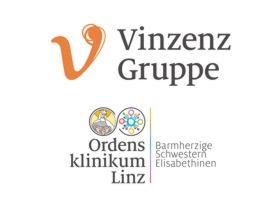Dumonceau, Jean-Marc, Andriulli, Angelo, Elmunzer, B Joseph, Mariani, Alberto, Meister, Tobias, Deviere, Jacques, Marek, Tomasz, Baron, Todd H, Hassan, Cesare, Testoni, Pier A und Kapral, Christine
(2014)
Prophylaxis of post-ERCP pancreatitis: European Society of Gastrointestinal Endoscopy (ESGE) Guideline - updated June 2014.
Endoscopy, 46 (9).
pp. 799-815.
ISSN 1438-8812
Für diesen Eintrag wurde kein Volltext-Dokument angefügt.
Kurzfassung
This Guideline is an official statement of the European Society of Gastrointestinal Endoscopy (ESGE). It addresses the prophylaxis of post-endoscopic retrograde cholangiopancreatography (post-ERCP) pancreatitis. Main recommendations 1 ESGE recommends routine rectal administration of 100 mg of diclofenac or indomethacin immediately before or after ERCP in all patients without contraindication. In addition to this, in the case of high risk for post-ERCP pancreatitis (PEP), the placement of a 5-Fr prophylactic pancreatic stent should be strongly considered. Sublingually administered glyceryl trinitrate or 250 µg somatostatin given in bolus injection might be considered as an option in high risk cases if nonsteroidal anti-inflammatory drugs (NSAIDs) are contraindicated and if prophylactic pancreatic stenting is not possible or successful. 2 ESGE recommends keeping the number of cannulation attempts as low as possible. 3 ESGE suggests restricting the use of a pancreatic guidewire as a backup technique for biliary cannulation to cases with repeated inadvertent cannulation of the pancreatic duct; if this method is used, deep biliary cannulation should be attempted using a guidewire rather than the contrast-assisted method and a prophylactic pancreatic stent should be placed. 4 ESGE suggests that needle-knife fistulotomy should be the preferred precut technique in patients with a bile duct dilated down to the papilla. Conventional precut and transpancreatic sphincterotomy present similar success and complication rates; if conventional precut is selected and pancreatic cannulation is easily obtained, ESGE suggests attempting to place a small-diameter (3-Fr or 5-Fr) pancreatic stent to guide the cut and leaving the pancreatic stent in place at the end of ERCP for a minimum of 12 - 24 hours. 4 ESGE does not recommend endoscopic papillary balloon dilation as an alternative to sphincterotomy in routine ERCP, but it may be advantageous in selected patients; if this technique is used, the duration of dilation should be longer than 1 minute.
Actions (login required)

- Eintrag anzeigen


 Tools
Tools Tools
Tools